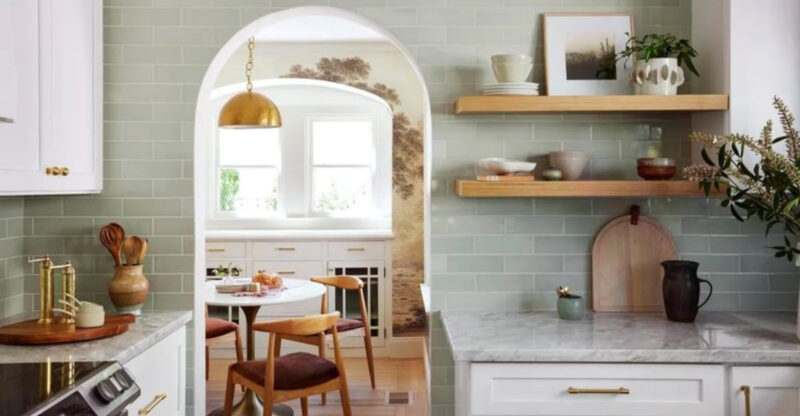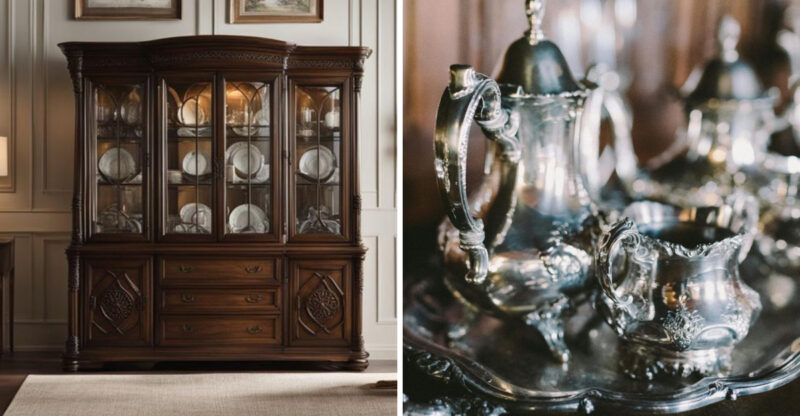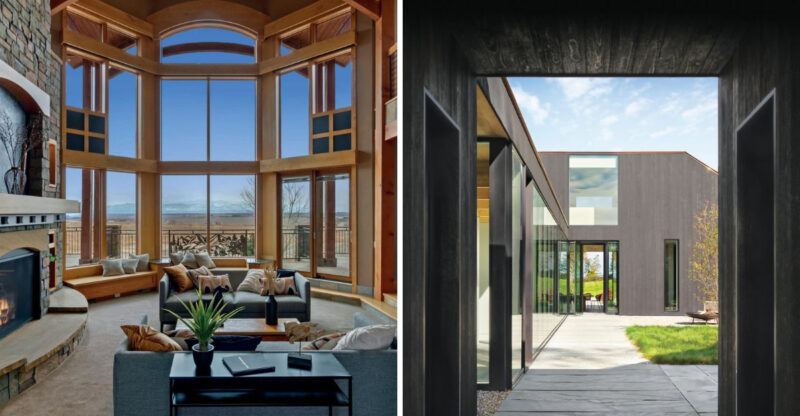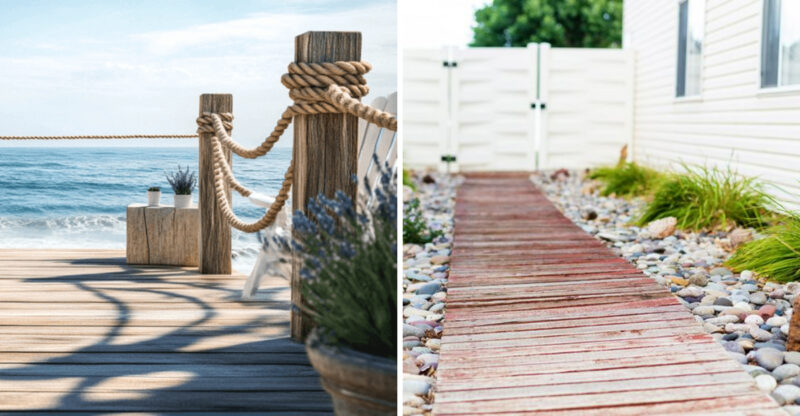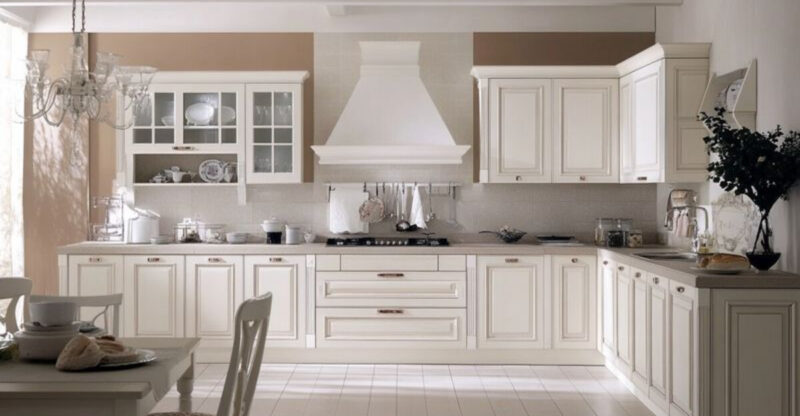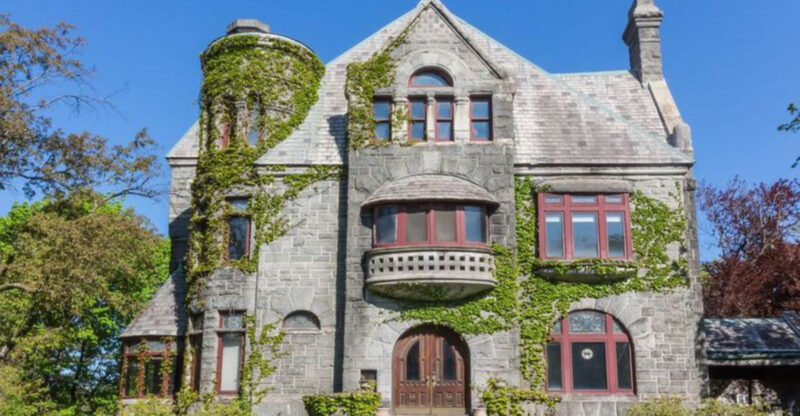10 Designer Approved Ways To Include Thrift Store Finds As Decoration
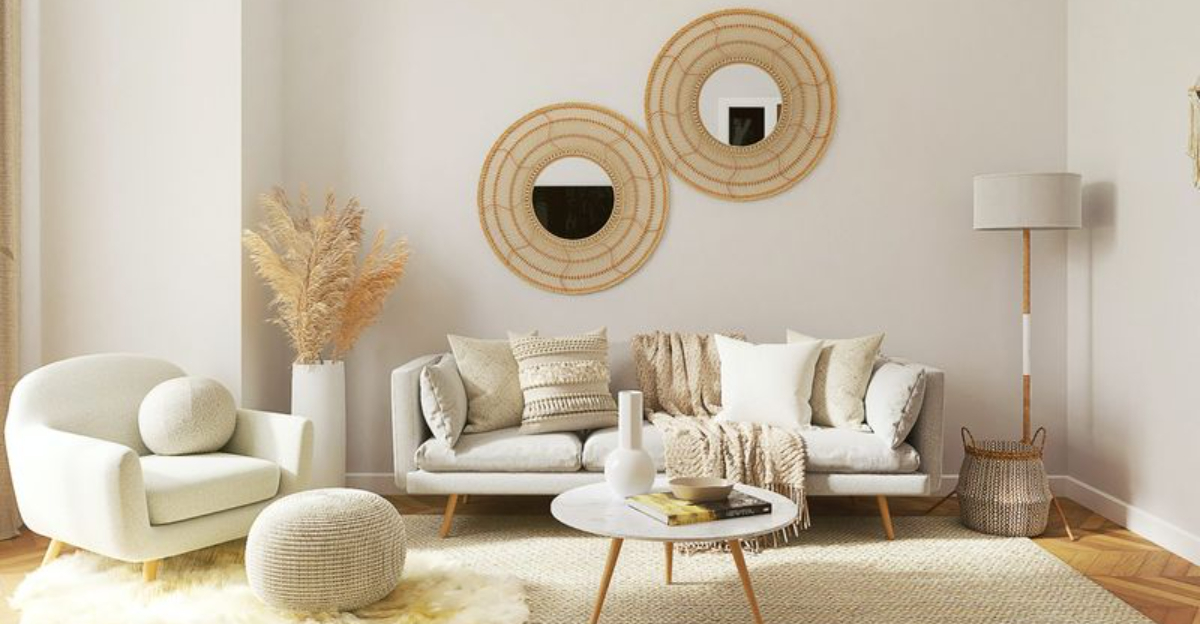
Transforming thrift store treasures into stunning home decor doesn’t require a big budget – just a creative eye. Professional designers regularly scour secondhand shops for unique pieces that add character and history to spaces.
These affordable finds can become conversation starters and personal statement pieces when incorporated thoughtfully into your home’s design.
1. Start With A Vision Or Mood Board
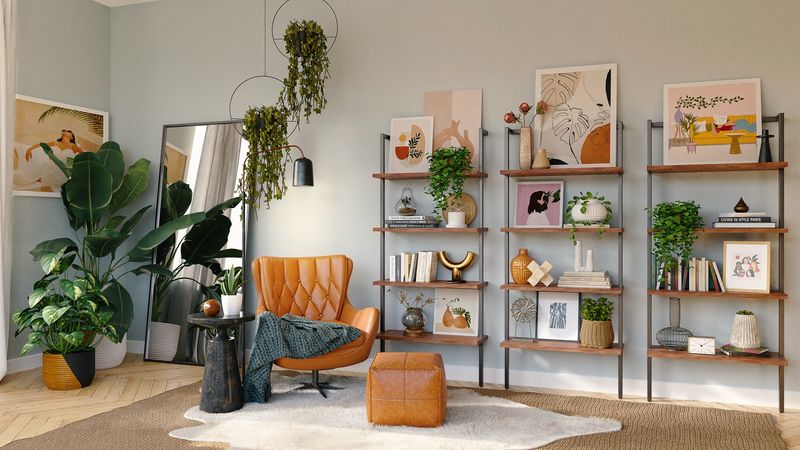
Before hitting the thrift stores, gather inspiration that guides your hunting. Creating a mood board helps identify styles, colors, and pieces that align with your home’s aesthetic.
Vision boards prevent random purchases and ensure thrift finds complement your existing decor. They can be digital (Pinterest) or physical (magazine cutouts), serving as a roadmap for your treasure hunt.
2. Mix High And Low Pieces For Balance
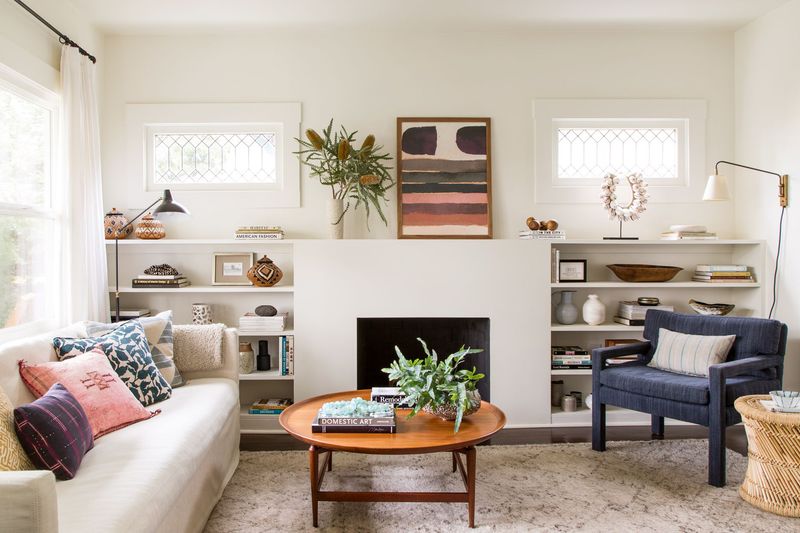
Pairing luxe items with budget-friendly thrift finds creates sophisticated contrast in any room. Your grandmother’s crystal vase might shine even brighter when displayed alongside a $5 vintage wooden bowl.
This high-low approach prevents spaces from feeling too precious or too shabby. The key is balance – let each piece complement rather than compete with neighboring objects.
3. Focus On Statement Pieces

Commanding attention doesn’t require spending a fortune. Thrift stores overflow with oversized mirrors, unique artwork, and distinctive lighting fixtures waiting for new homes.
Large-scale statement pieces anchor rooms and draw the eye naturally. A weathered gilt mirror or a sculptural lamp can transform an ordinary corner into a design moment worth lingering over.
4. Reimagine Furniture With New Finishes
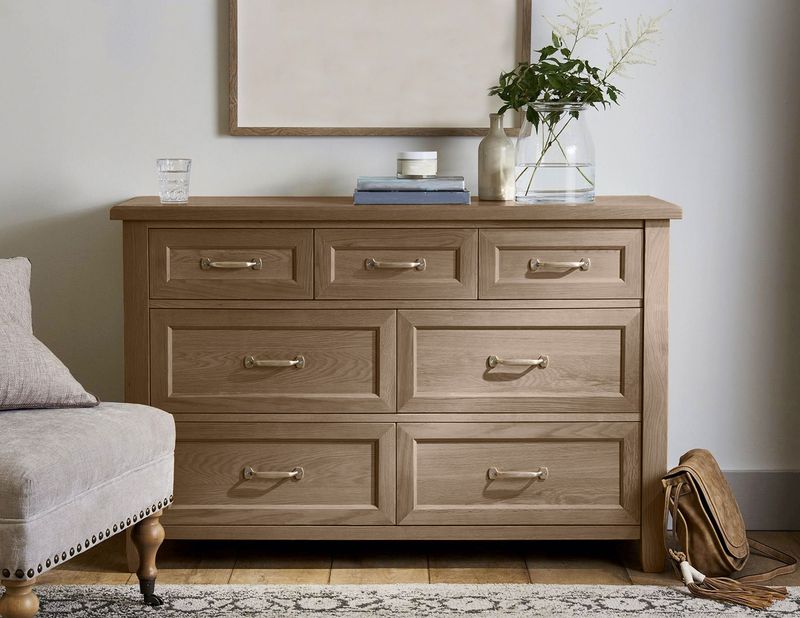
Underneath dated finishes often lie beautiful bones worth saving. Sanding down and restaining wooden pieces reveals natural grain, while fresh paint breathes new life into tired furniture.
Don’t overlook upholstery potential either! That ugly-fabric chair might have a perfect silhouette hiding underneath. With minimal investment in fabric and basic tools, even beginners can transform seating pieces.
5. Curate Collections For Impact
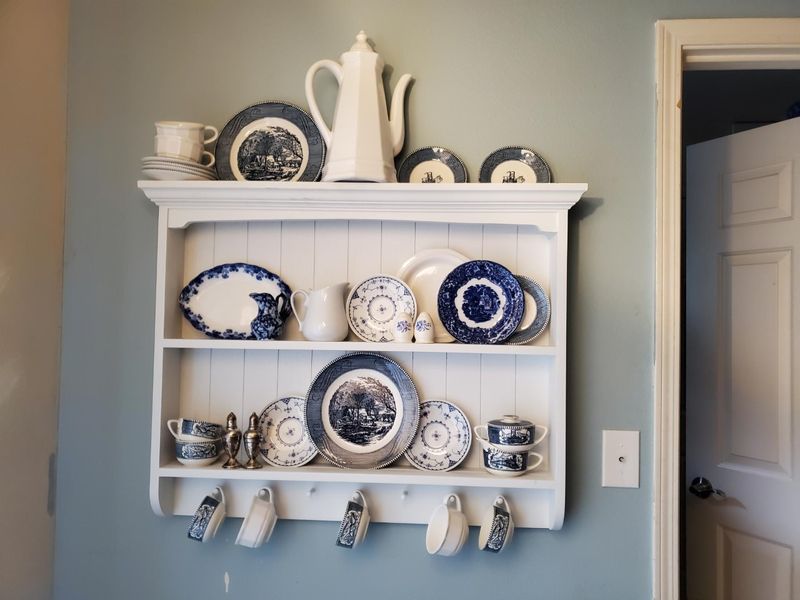
Grouping similar objects creates visual impact that single items rarely achieve alone. Vintage pottery arranged by color, old hardcover books stacked thoughtfully, or brass candlesticks clustered on a mantel tell a cohesive story.
Collections don’t require perfection – embrace the varied patinas and slight differences. These subtle variations actually add character and depth to your display.
6. Embrace Eclectic Wall Decor
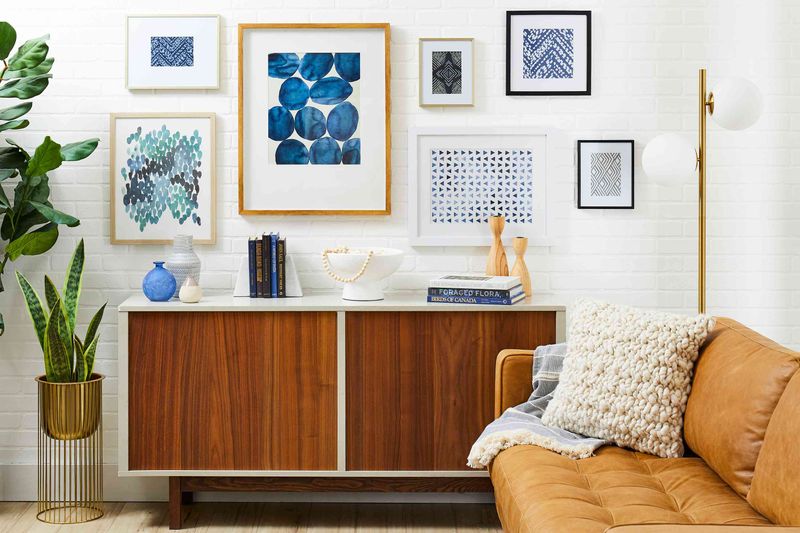
Blank walls practically beg for personality-filled thrift finds! Gallery arrangements mixing different frame styles, sizes, and art mediums create dynamic visual interest that mass-produced wall decor cannot match.
Vintage textiles like tapestries, quilts, or even colorful scarves can be framed or hung directly as unexpected wall art. Their texture and history add layers of interest to otherwise flat surfaces.
7. Incorporate Small Accessories Thoughtfully
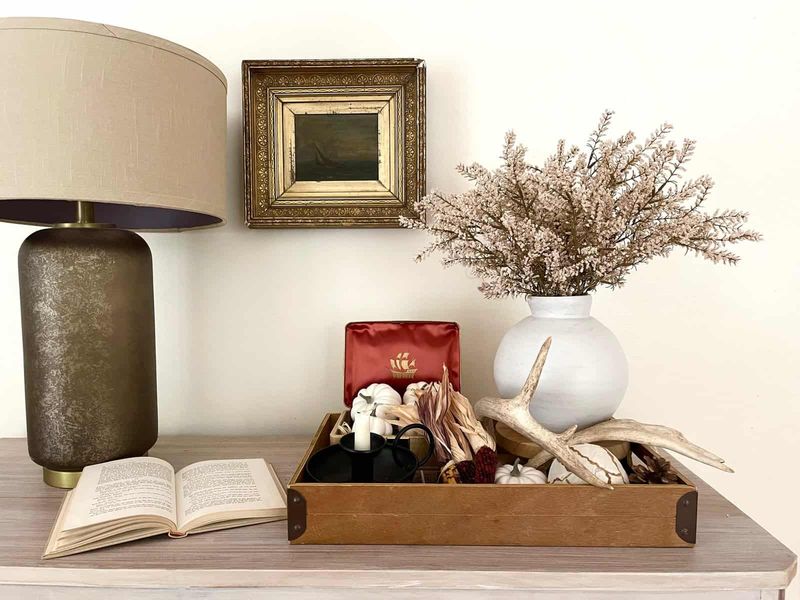
Smaller thrifted treasures shine when given breathing room. Vintage brass animals become sophisticated when displayed on a stack of books. Old wooden boxes store everyday items while adding warmth.
The secret lies in selective placement rather than cluttering every surface. Choose accessories that serve either functional or aesthetic purposes – ideally both – and rotate seasonal finds to keep spaces feeling fresh.
8. Bring In Texture And Layers
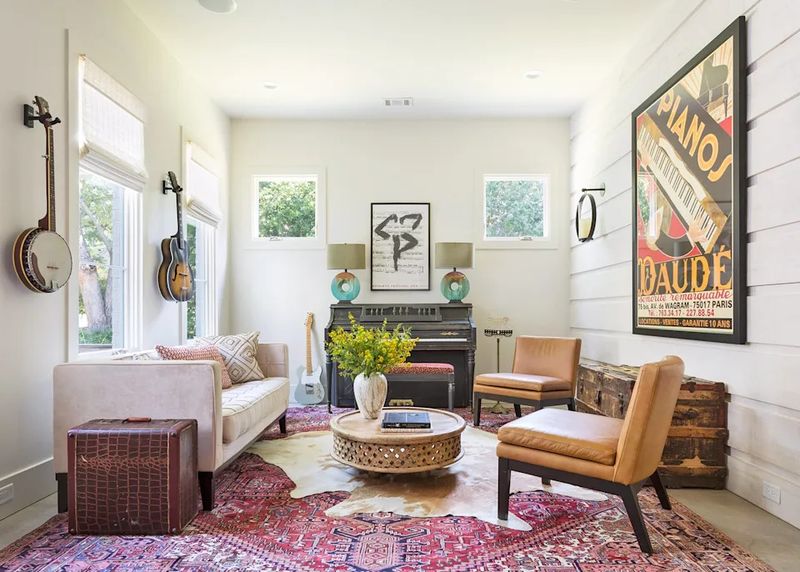
Secondhand shops overflow with textural elements that add dimension to rooms. Handwoven baskets, nubby throw blankets, and vintage kilim pillows introduce tactile interest that flat surfaces crave.
Layering these textural elements creates depth that elevates your entire space. A thrifted wool rug beneath a modern coffee table grounds contemporary pieces while adding historical context and visual warmth.
9. Upcycle Or Repurpose For Unique Touches
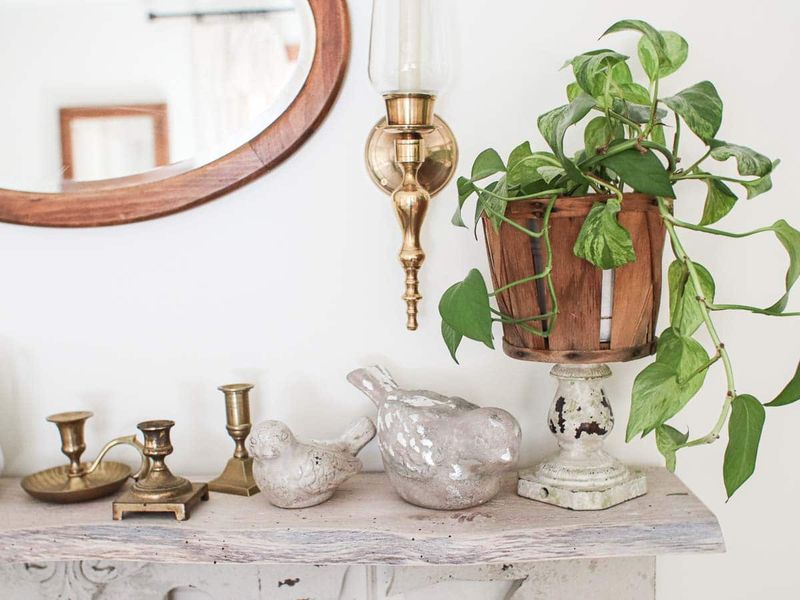
Creative vision transforms ordinary thrift items into extraordinary decor. Old ladders become blanket displays, vintage suitcases stack into nightstands, and silver trays convert to bathroom organizers.
Seeing beyond an object’s intended purpose unlocks unlimited decorating potential. These conversions often require minimal DIY skills – sometimes just cleaning and repositioning are all that’s needed to reimagine a piece’s function completely.
10. Keep Scale And Proportion In Mind
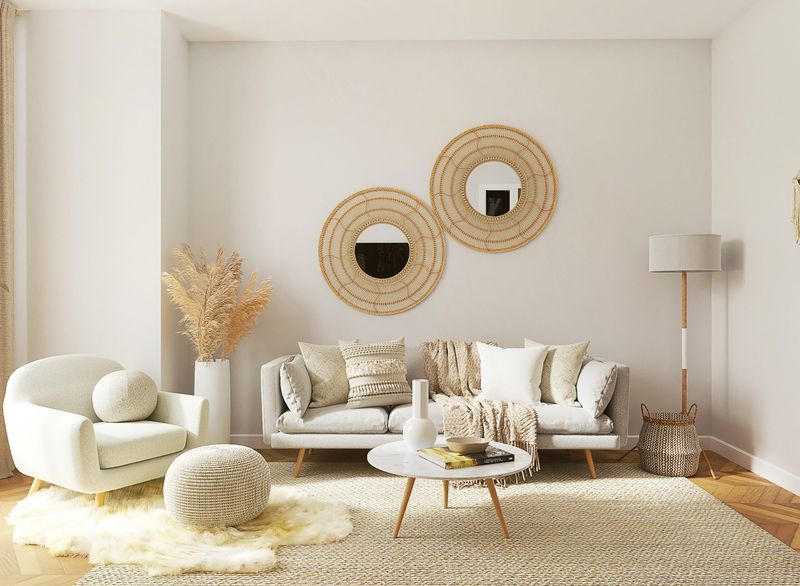
Successful thrift decorating respects spatial relationships between objects. A petite side table might disappear beside an overstuffed sofa, while an enormous vintage mirror could overwhelm a narrow hallway.
Measure spaces before shopping to avoid scale mishaps. Proportion mistakes happen frequently with impulse purchases! Sometimes the perfect piece isn’t the one you love most, but the one that fits your space appropriately.

